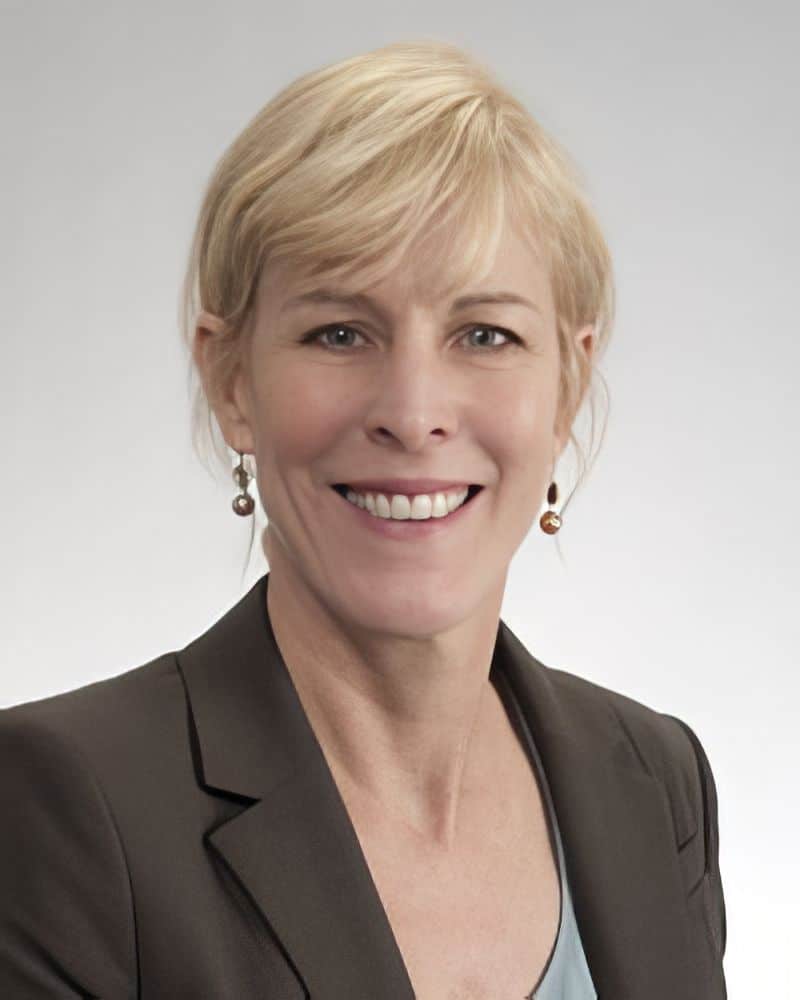Historically, monitoring for carbon dioxide (CO2) at the ground surface above carbon storage sites required years of baseline data. With the urgent need to abate emissions, many projects do not have the time required to gather this data or it is simply unavailable. To bypass this dilemma and improve accuracy, a method to detect CO2 and its origin in real time was developed by Dr. Katherine Romanak and her colleagues. By measuring multiple gas concentrations within the subsurface soil, the relative changes between CO2 and other gases can give a clue to the origin of the CO2. This newly developed process-based approach examines chemical relationships between vadose zone—the ground above natural drinking water— N2, O2, CO2, and CH4 to promptly distinguish between a leakage signal and CO2 fluctuations due to natural processes like biological respiration.
A main component of the Weyburn-Midale study was the use of soil gas-composition data from the process-based method to determine the origin of gases on the Kerr farm. Whereas data had been collected in an area north of the Kerr farm between 2001 and 2005 through the Weyburn–Midale CO2 Monitoring and Storage Project, no background data had been collected directly at the Kerr farm before claims of leakage were made.1 Romanak, K., Sherk, G. W., Hovorka, S., & Yang, C. (2013). Assessment of alleged CO2 leakage at the Kerr farm using a simple process-based soil gas technique: Implications for carbon capture, utilization, and storage (CCUS) monitoring. Energy Procedia, 37, 4242-4248.
A process-based method was applied to the Kerr farm assessment. This approach uses ratios of coexisting gases (CO2, O2, N2 and CH4) to quickly distinguish a leakage signal from natural vadose zone CO2 (i.e., natural CO2 above the water table) without the use of background monitoring. The successful use of the process-based method at the Kerr site shows that background monitoring may not always be necessary for leakage detection by soil gas methods. In some cases, a monitoring approach not requiring prolonged background measurements is most efficient as a response tool targeted to specific events and areas of concern.2Romanak, K., Sherk, G. W., Hovorka, S., & Yang, C. (2013). Assessment of alleged CO2 leakage at the Kerr farm using a simple process-based soil gas technique: Implications for carbon capture, utilization, and storage (CCUS) monitoring. Energy Procedia, 37, 4242-4248.
What is novel and important regarding the Weyburn-Midale study at the Kerr Farm?
Correct.
Incorrect.
Baseline studies need to be from the same area. For this study, what was unique was that no baseline study was needed when using the process-based method.
Career Spotlight: Dr. Katherine Duncker Romanak

Academic Background
- B.S. Geology, Southern Methodist University, Dallas, TX, 1984
- M.S. Geology, University of Texas, Arlington, TX 1988
- Ph.D. Geology, The University of Texas at Austin, 1997
Dr. Katherine Duncker Romanak led the near-surface monitoring investigation at the Kerr Farm. Katherine began her scientific career as a scientist at the Smithsonian Institution’s Global Volcanism Program in Washington, D.C. where she worked on ongoing and urgent global volcanic activity. Currently she is part of the Gulf Coast Carbon Center at the Bureau of Economic Geology where she studies geochemical behavior of fluids in deep engineered reservoirs. As part of her work at the Bureau, she applies her expertise on geochemistry and isotopes to monitoring carbon storage projects, specifically soil-gas monitoring. She regularly speaks at the United Nations Framework Convention on Climate Change on carbon storage research and projects.3Bureau of Economic Geology. (n.d.). Dr. Katherine Duncker Romanak. Retrieved 6/21/2021 from https://www.beg.utexas.edu/people/katherine-romanak
The video below follows Dr. Katherine Romanak and her colleagues as they implement the process-based method at the Kerr farm.